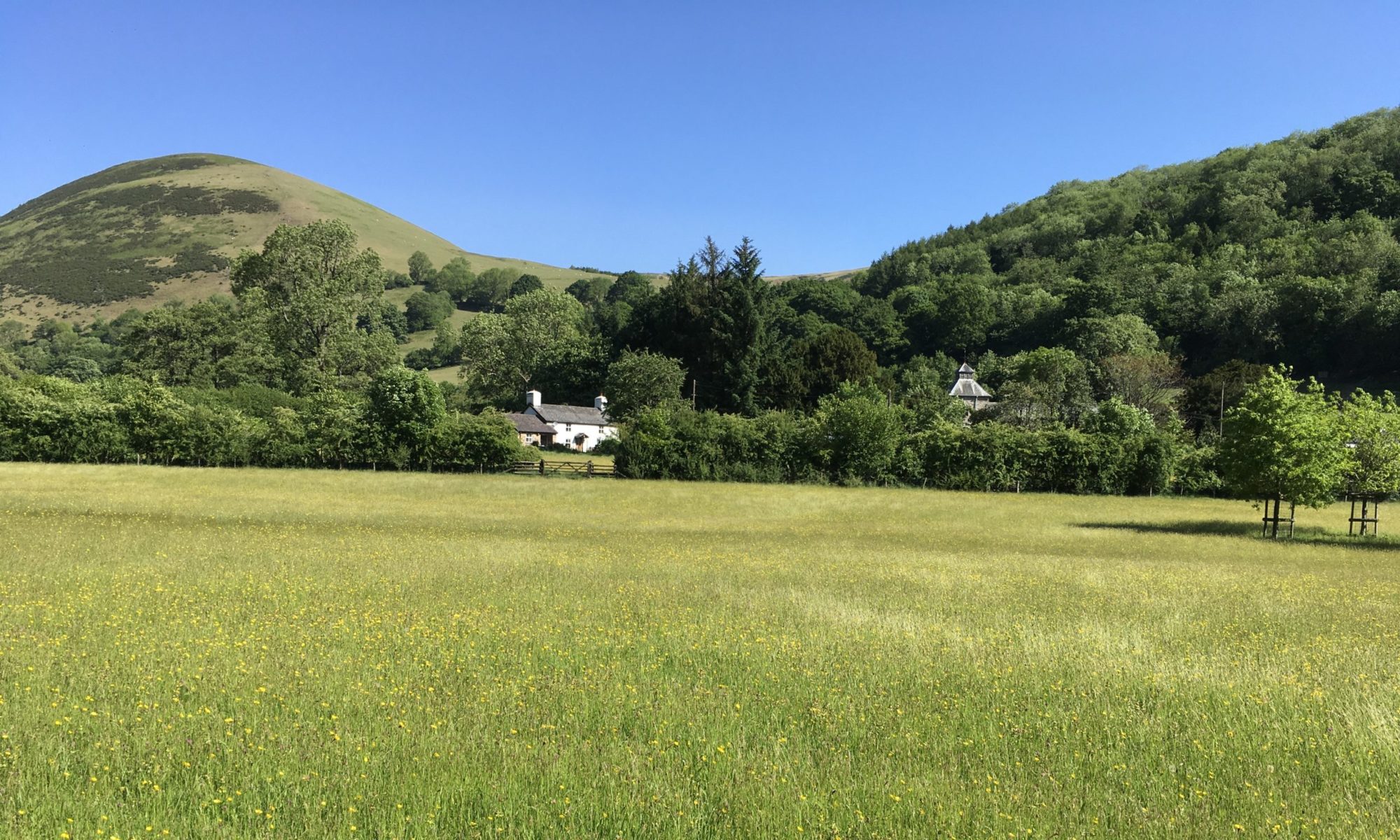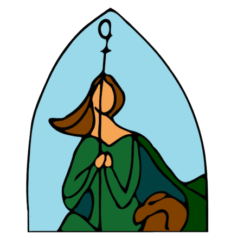‘The Lord brought me out by the spirit of the Lord and set me down in the middle of a valley; it was full of bones….. He said to me, “Mortal, can these bones live?”’
From Ezekiel 37:1-14, today’s Old Testament reading.
“I am the resurrection and the life. Those who believe in me, even though they die, will live….. Do you believe this?” Jesus, in today’s Gospel John 11:1-45.
“To succeed in life, you need three things: a wishbone, a backbone and a funny bone.” Reba McEntire, American country music singer.
Today’s readings about the dry bones in Ezekiel and the raising of Lazarus are well known but have a slightly different resonance here in Melangell’s valley where dry bones from pheasants and sheep lie in many places. Actual human bones found within the church during an excavation in 1958 and fragments in 1989 were also deposited in the shrine when it was rebuilt that year.
These relics may or may not be those of the saint, but have been verified as being those of a woman of about 5 feet or 1.52 metres tall. Many pilgrims come here because of the shrine and its relics but I didn’t fully realise the significance of this when I first arrived until I went into the church and discovered what I thought was a collapsed figure on the floor by the shrine. As I stood there astounded, it wasn’t until the body moved and said, “Good morning” that I realised this was an Orthodox pilgrim venerating the relics and the many prayer cards and tokens that are left here also bear testimony to the enduring influence of Melangell in lives today. Her dry bones may rest here but Melangell’s embodiment of sanctuary, healing and hospitality lives on in the same values enshrined here today.
Ezekiel is asked, “Can these bones live?” Eventually, they do and new life is given to what is dried up where hope has been lost. The same is true when Jesus is told of the death of Lazarus – he waits for a further two days before he visits Mary and Martha, who are sad because Jesus hasn’t come sooner. Martha is also, understandably, concerned about a smell so it’s clear that Lazarus has really died and is not just unconscious. However, when Jesus sees Mary and those with her weeping, he also begins to weep. This is not a remote God using humanity for his purposes, but Jesus experiencing human loss, grief and pain. As Lazarus emerges from the tomb, there is presumably no stench – he is living and raised from the dead. New life has been restored and these words of Jesus to Martha are used in Christian funeral services as a reminder of hope also restored when death is encountered and defeated because of the later resurrection of Jesus.
Ezekiel saw new life growing as the breath of God was breathed into the dry bones, just as Lazarus responded to Jesus’ command to emerge from the tomb. As Passiontide begins, there is much that’s dying or desiccated today and it can sometimes be hard to consider where hope could be. What needs to die but what dry bones could have new life breathed into them – and how?
These questions ring across the years and our response is vital:
“Can these bones live?” “Do you believe this?”

